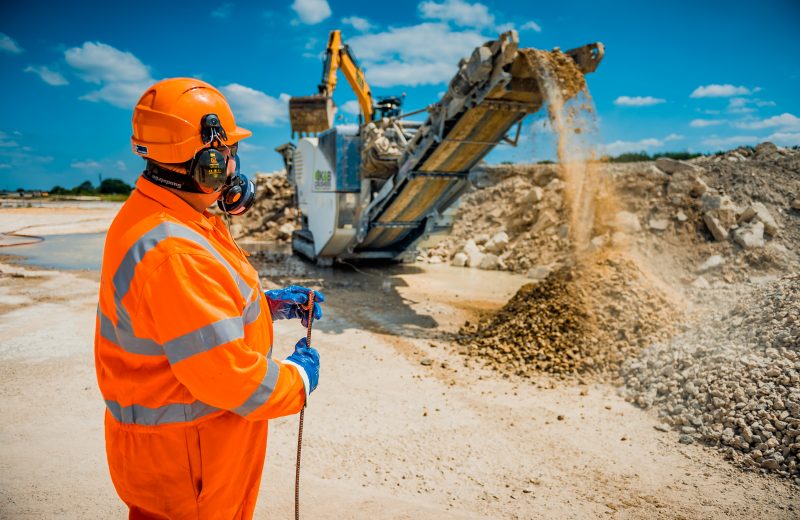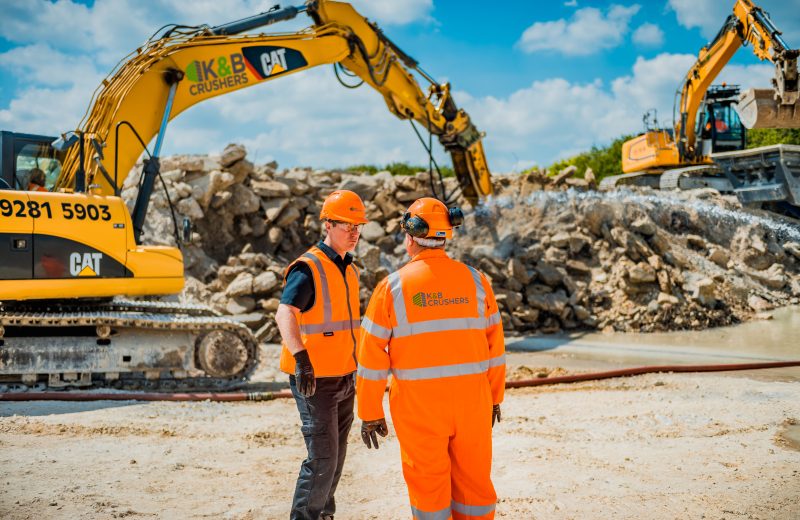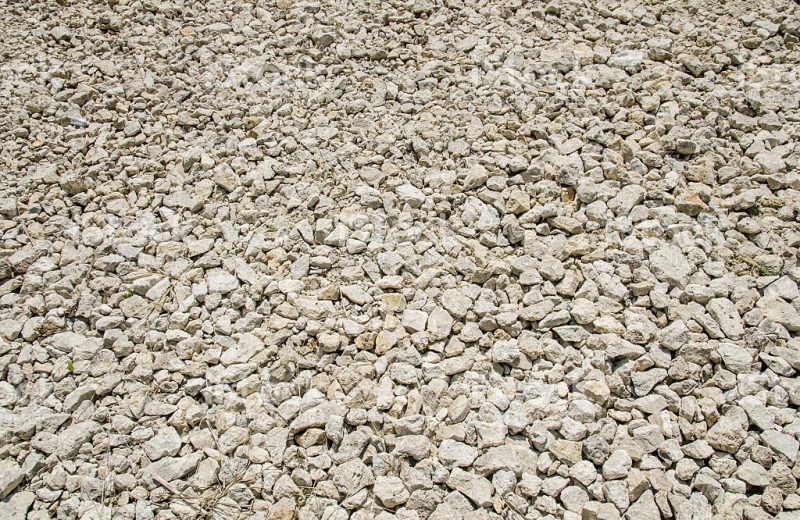Construction Excavation: What is it?
Excavation is a fundamental practice used in the construction industry within several projects. The excavation process includes removing soil, earth or rocks from the ground to prepare foundations for buildings, roads and reservoirs.
Any foundation can use excavation due to its large-scale solutions. Excavation work includes mining, construction, restoration and exploration. With digging, trenching, dredging and site development, each excavation project requires specialist tools, machinery and the correct technique to complete the job to the highest standard. Any requirements will depend on the job at hand.
What is an excavation process?
Before excavation can commence, the project site must undergo a thorough examination to ensure the preservation of the surrounding environment. The excavation contractors will then mark the excavation site’s boundaries. After the two initial and essential steps are complete, the excavation work can start.
The construction excavation process consists of:
- Setting corner benchmarks
- Surveying top levels and ground
- Excavation to the recommended and confirmed depth
- Compressing the loose soil
- Creating the cut off level
- The construction processes of dewatering wells and interconnection trenches
- Forming boundaries of the building
- Constructing protection drains
Types of construction excavation projects by material
Each excavation project will require different tools and techniques. Here are just some of the excavation projects by material.
Rock Excavation
Rock excavation clears rocky surfaces that hinder the building process. It is an incredibly challenging task compared to other excavation methods because it cannot happen without specialist equipment and specific techniques, such as drilling, to remove the rock from rough surfaces.
Topsoil excavation
Topsoil excavation includes removing any exposed or topmost areas of the earth’s surface. This type of excavation removes soil, vegetation and any decaying material that would consider the land unsuitable to hold structural loads.
Earth excavation
Earth excavation will remove the layer below the topsoil to create a foundation for buildings or drainage systems. This makes it a simple process when forming foundations before the build process.
Muck excavation
Muck is considered a mixture of soil and water, which is incredibly unwanted during any construction project due to the mess it causes during production. The process includes moving the muck to other areas or spreading it thinly to dry.
Types of construction excavation by purpose
The type of excavation process used is imperative to each project. Here are the types of excavation by purpose.
Basement excavation
The basement is an area below ground level. This type of excavation is required when the construction is partially below the ground level. Basement is a complicated method of excavation, the ease of the project can depend on the size of the property.
Cut and fill excavation
This method is also known as stripping excavation and is used to clear large areas. Cut and fill includes the removal of shallow layers of topsoil, sand, rocks and any other unnecessary materials present.
Trench excavation
In trench excavation, the length of the excavated area exceeds the depth. This method installs sewer systems, pipelines and lays foundations. The techniques required will depend on the conditions of the ground and any obstructions.
Dredging
Dredging is the process that includes removing any unwanted debris from underwater – typically from rivers, harbours and lakes, to create a smoother travel process for boats to pass through, prevent contaminated sediments from spreading further through water and more.
Things to consider when selecting construction excavation equipment:
- The site: big sites will require more excavation equipment. Sites with uneven areas will need more attention compared to a flat landscape.
- The project: Depending on whether the job will take hours or days, you need to consider the number of obstructions, machinery requirements and methods you need for the project at hand.
- The operator: To handle the excavation process, an operator must have the training and confidence to operate the machinery safely and efficiently.
With construction work, you would be surprised at just how much work is required before you can start the building process. Excavation is one of the most important and initial steps required. While not always a simple step, it is vital to do so.
To find out more about what goes into the construction process, get in touch with us today.



